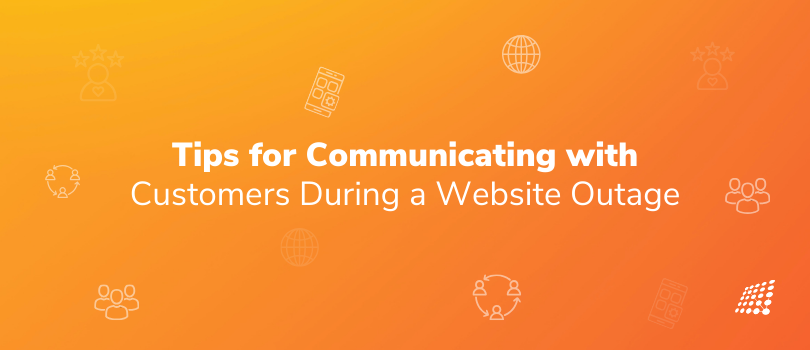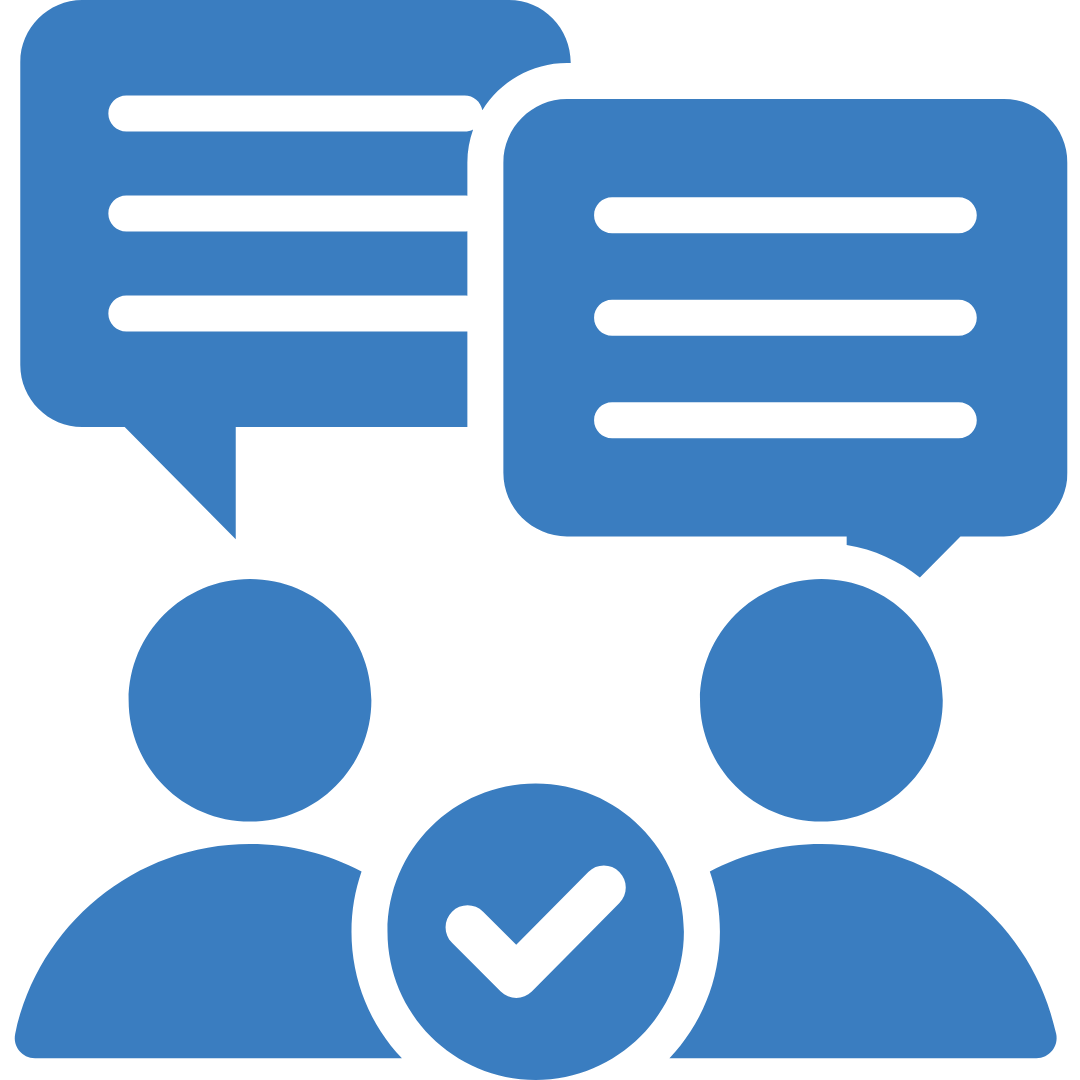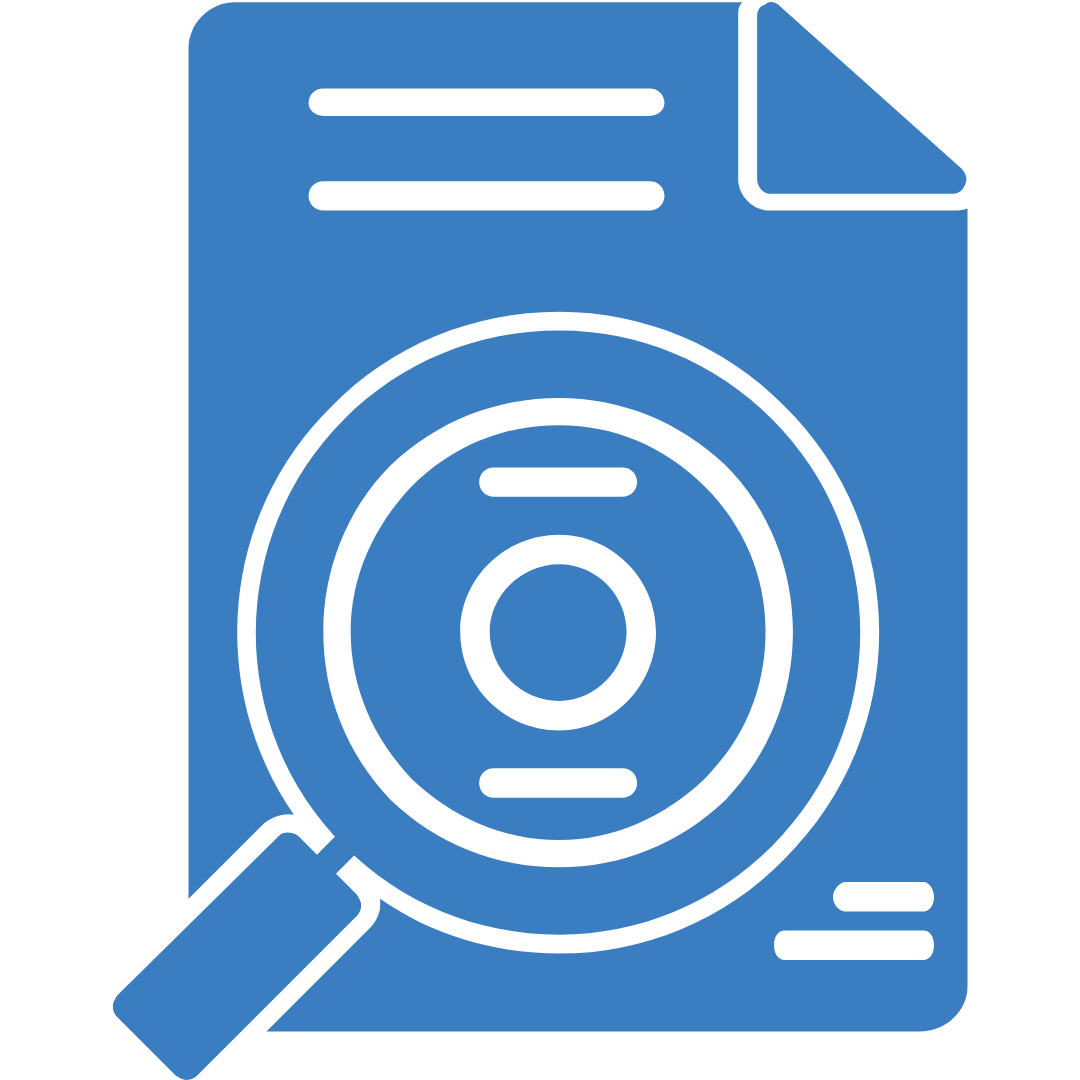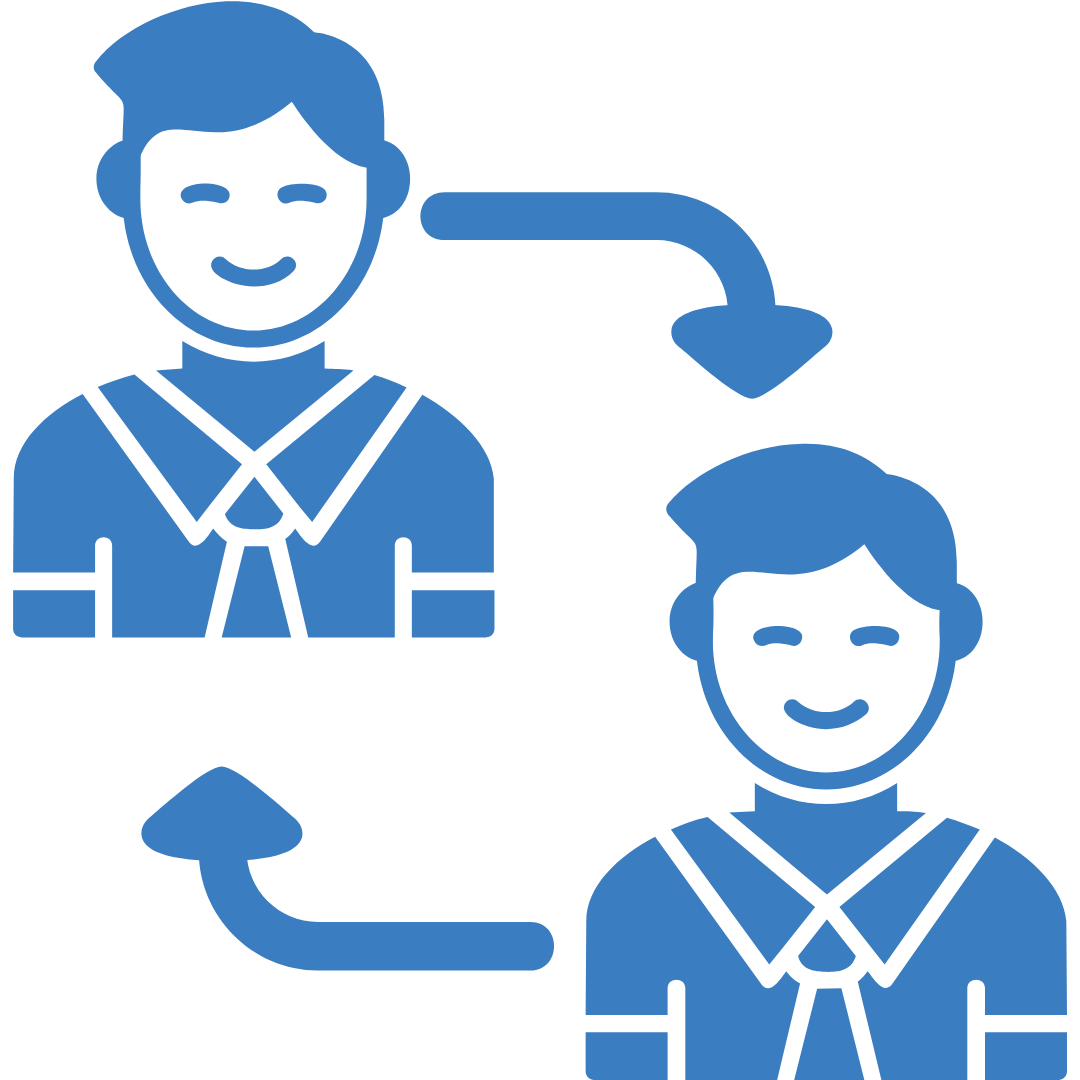Mastering Website Stability Part 3: Tips for Communicating with Customers During a Website Outage

In our series on ‘Mastering Website Stability’, Part 1 explored what are the factors behind website crashes, while in Part 2, we explored the sure-shot strategies to prevent them. However, while detecting factors that cause website crashes and preventative steps to be taken, how do you maintain customer trust and operational transparency? Welcome to Part 3 of our series: Communicating with Customers During a Website Outage which will explore how to keep your calm with customers eager for answers.
The Critical First Moments: Communication is Key!

First off, act fast and speak up! The moment you realize your site's down, you might feel like the floor's given way. But here's our mantra: Act Fast, Communicate Faster. Your customers might be hitting refresh, getting more puzzled by the second, so let's cut to the chase and tell them what's up right away. The sooner you relay the status, the more controlled the situation appears. It can be tricky to communicate when the channels you would’ve normally used to communicate with customers freeze.
However, several tools can be used to send the message across depending on the severity and size of the outage.
- Tools that give automatic, detailed updates on the status of the outage can be used.
- Use your social platforms
- Send a blast through your email network
If possible, customize your website's error page with a lifeline message that says, "Hey, we know things look a bit wonky right now, but trust us, we've got our best people working on it."
1. Immediate Acknowledgment
Begin with an immediate public acknowledgment. Employ every available channel - social media, email newsletters, and even your website's error page - to announce the issue. A simple message can mitigate customer frustration:
"We're aware of the issue and are working hard to get things back to normal as soon as possible. Thank you for your patience!"
2. Update Across All Channels to Stay in Sync
Staying consistent in your updates across all your communication channels is paramount. Imagine if your tweets, customer service lines, and email alerts were different from one another— your credibility could crumble.
Synchronize your updates. No mixed messages. Just clear, consistent updates to guide your customers on what’s going on.
3. A Personal Touch
Consider personally reaching out to those most heavily impacted. A heartfelt email from the CEO or a personalized apology counts. Remember, It's about making clients and customers feel seen, valued, and heard.
Transparency for Trust

Picture this: you're grounded at the airport, and no one tells you why. Frustrating, right? Now, apply that to your customers during a website outage.
Transparency is everything. Skip the technical jargon and stick to clear honest updates. If you've got a rough timeframe for a fix, share it while remaining realistic. Here lies the art of expectation management. So when you estimate how long the fix might take, do not over-promise. That way, if you exceed their expectations, it's a pleasant surprise, not a letdown.
Share What is Possible
When your website crashes, speed is imperative. Share what you can to maintain that level of transparency and customer loyalty. Reassurance is everything. When it comes to what you're telling folks, aim for the sweet spot—not too vague, not too detailed, but with a reassuring "we've got this."
Go for a good high-level briefing. You want to let them know the situation's handled without giving away the game. What was the hiccup, what is the plan of action to resolve it, and a ballpark idea of when things might be back to normal.
- It's a balancing act.
- You'd classify your customers—B2B or B2C—each with their own need for info.
- A B2C customer might be content with an "Oops, we've had a mishap," while a B2B client could appreciate more of a tech talk and a solid "here's how we're stopping this from happening again" plan.
But keep the top-secret stuff, top-secret. When you're sharing what went down, think of it as telling a story where you leave out the spoilers and the trade secrets.
Be empathetic

When things go sideways, put yourself in their shoes. Be understanding and acknowledge the struggles and grievances your outage might be causing. Whether it's missed deadlines, vanishing shopping carts, or just plain frustration, let them know you get it. You're not just a company; you're people talking to people.
Ditch the blame game and be authentic, keep it sincere, and let them know they matter. They'll appreciate the candor. Because at the end of the day, your customers need to know that you — the human behind the screen — are right there fighting for the fix.
Regularly Give Updates and Follow-Up

Regularly updating your customers lets them know that behind the scenes every effort is being made to resolve the issue promptly. Now, once you've successfully handled the outage and the dust has settled, it's essential to do more than just express gratitude for your customers' patience. Reach out, check in, and share the game plan to dodge future hiccups.
A little "thank you" or a small make-good can speak volumes, showing that every single customer counts.
Best Practices for Effective Outage Communication

1. Preparedness Plans
Draft a plan long before the first digital domino falls. Much like a fire drill, this predefined communication strategy should include templates for messages, a hierarchy of notifications, and a clear delineation of who speaks on behalf of the company.
2. Multichannel Strategy
Optimize your reach by crafting a multichannel communication strategy. The synergy of email alerts, social updates, and even text messages ensures your audience hears you, clearly and unfiltered.
3. Realistic Progress Reports
Issue progress reports at regular intervals. Customers appreciate being kept in the loop - even if the news isn't always glowing. Be cautious of over-promising.
4. FAQ During an Outage
Prepare a Frequently Asked Questions (FAQ) section about the outage. Pin this to your social channels and link to it in your communication. This proactive touch can significantly reduce the influx of support tickets, allowing your team to concentrate on resolution.
After the Storm – Post-Outage Communication

Once stability is restored and the digital seas calm, send a follow-up communication addressing the root causes, corrective measures undertaken, and how future crashes will be thwarted. This post-mortem transparency knits stronger ties with your customers.
Communicating effectively during a website outage is an art form that balances transparency, empathy, and expediency. By acknowledging the outage promptly, providing regular updates, and following up post-crisis, you maintain a semblance of control in the chaos, and in turn, nurture customer loyalty. Therein lies the essence of Mastering Website Stability.
Contact our experts today for help optimizing your site's speed and uptime!

Developing Leadership Skills and Taking Accountability: How-to Guide

Experience of Organizing Hackathons at SJInnovation


